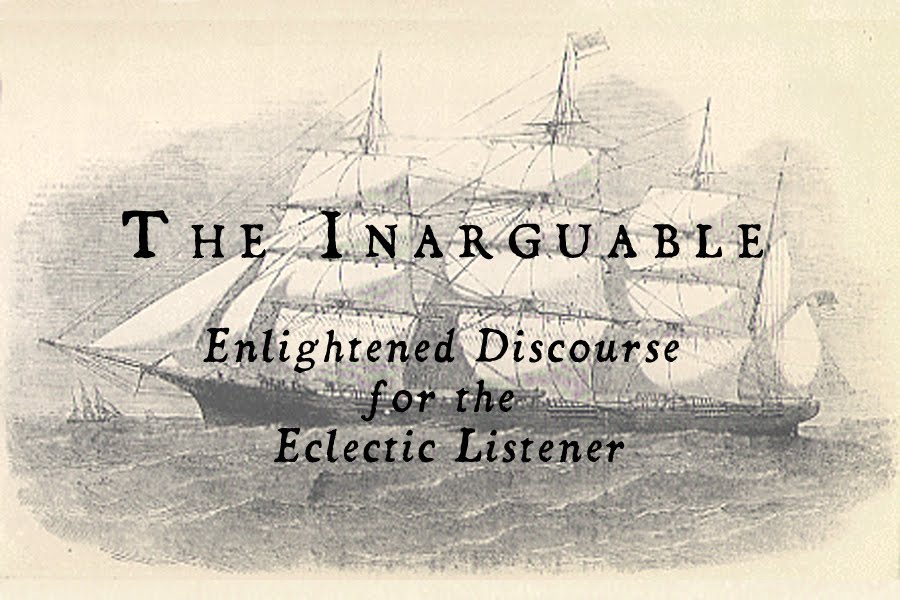Ever since Varg Vikernes was imprisoned in 1994 for murdering a fellow bandmate and setting fire to several churches in Norway, he has had his fair share of naysayers--especially those who only saw the surface. Before his infamous hearings, Varg had written material for a number of albums, some of which that have become classics within the black metal genre (Hvis Lyset Tar Oss, Filosofem, etc). Throughout his decade and a half prison sentence, he recorded some keyboard-laden albums, that dealt heavily with Norse mythology, specifically Ragnarok and the coming death of Baldur (Dauði Baldrs).
Since being released early from his sentence in 2009, he has written and unleashed unto the world his first album to feature guitars and drums since the the early 90s--Belus. Originally titled Den Hvite Guden ("The White God"), Belus represents the Indo-European nomenclature counterpart to Baldur (Norse), Apollo (Greek), &c. While writing about Baldur might not seem like the most original idea Varg has had, there is always a fresh perspective to be offered.
The album begins with a 30 second clip of what sounds like the flipping and landing of a metallic object (a coin perhaps?) and is titled "Leukes Renkespill (Introduksjon)", which translates to "The Intrigues of Leuke" (Loke). It is promptly followed by "Belus' død", which deals with the downfall of Belus: "Seidmannen klatrer opp i tre/ finner der jords gamle smerte/ kutter den ned i høstens fred/ med saks skjærer ut dets hjerte" (The sorcerer climbs a tree/ finds Earth's old pain/ cuts it down in the peace of autumn/ with seax cuts out its heart.) This track begins with the signature grainy, fuzzy, and evil guitar tone that Varg is known for, and is aided by his howling vocals, now withered a bit from age. The tremolo picking holds throughout the entire song, and is supported by the monotonous, yet solid black metal drumming circa early 90s.
Moving through Belus, we are hit by yet another classic sounding Burzum track--"Glemselens Elv" as well as the foretelling of his rebirth: "Vil jeg komme hjem" (I will come home), as can be heard in the choruses. This song further reinforces the grit of this album, and hypnotizes the listener into an otherworldly trance. "Kaimadalthas' nedstigning" is up next, and is one of the more recently recorded tracks. It has a much more unique sound that incorporates some melodic elements underneath all the harsh vocals and buzz saw riffs, in addition to recited mantras by Varg. We are then offered the intermission-style song "Sverddans", which is a quick little piece accompanied by fast chaotic guitar picking and double bass drumming.
The second half of Belus is concerned with the prophetic coming and rebirth of the achromatic god, and is ushered in with the track "Keliohesten": "A spirit comes from below...to prepare man/ our entire world wept". We get the feeling that something vast and grandiose is upon us. The penultimate song is aptly titled "Morgenrøde", which translates to "red morning" or "dawn". We are serenated by the mournful melodies and the resounding echoes of Varg's guitar riffs. The lyrical subject is the final coming of Belus' resurrection, along with the advent of summer: "The force of the sun has returned, the oak spirit is reborn...Summer has arrived." The conclusion of Belus is reached with the final song "Belus' Tilbakekomst" (Belus' return), and does so by drifting away with ambient noise fuzz riffs, and slow, steady drumming. There are no lyrics in this last track, as we are left to bathe in the brightness of Belus' reawakening.
If you are a Burzum fan of any era, be it classic or prison midi, you will find many a redeeming quality in this fine release. It is Varg's comeback album, and represents the blazing rebirth of Belus, but furthermore the resurrection of Burzum as a whole. It may take a few spins before the record takes hold of you, but give it a proper chance and present it to an unclouded mind, and I guarantee that you will enjoy some facet of Belus.


No comments:
Post a Comment